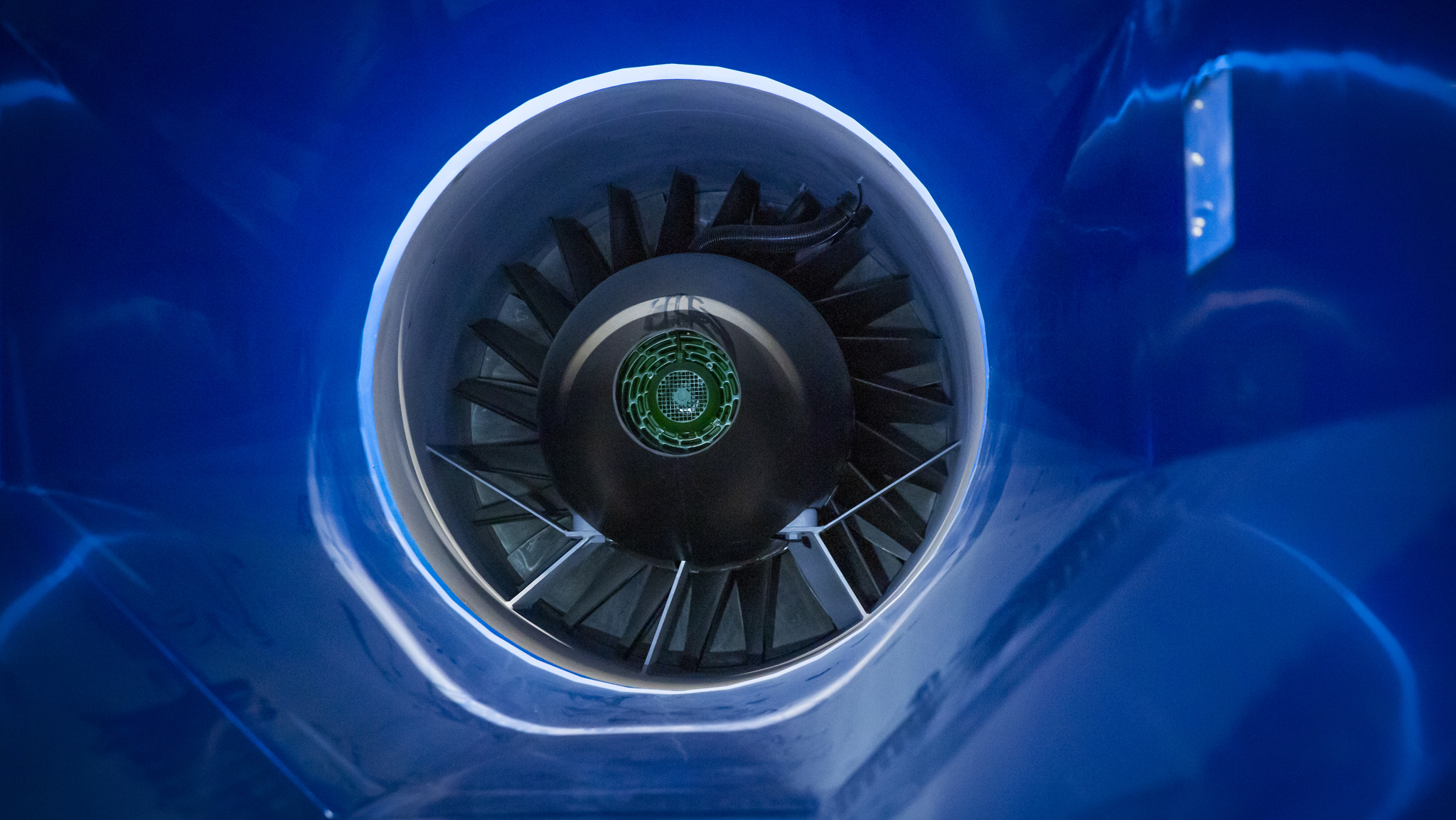
News updates
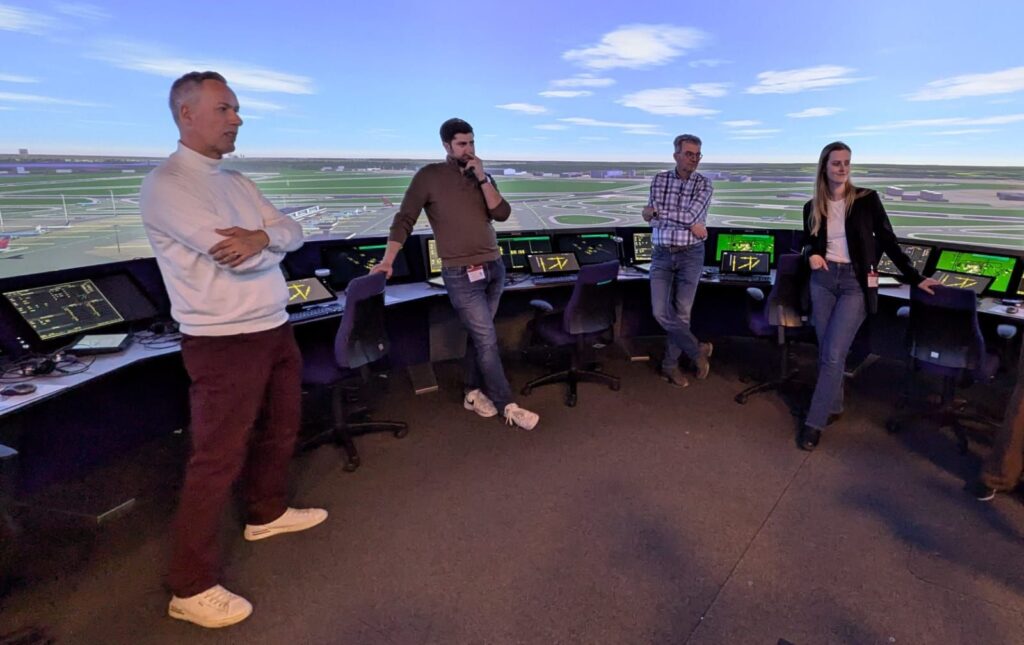
Today, we received a delegation from the Amsterdam City Council, consisting of representatives from Dutch political parties VVD Amsterdam, Volt Amsterdam, DENK Amsterdam, and JA21. We showcased the scientific work being done within their municipality at NLR. Our experts shared their knowledge on issues such as noise hinderance around Schiphol Airport and the optimisation of flight routes. They also got a glimpse of our Virtual Community Noise Simulator (VCNS) and the Air Traffic Control Simulator (NARSIM). The visit provides an opportunity to link our research results and expertise to the practical challenges and needs of the Amsterdam City Council.
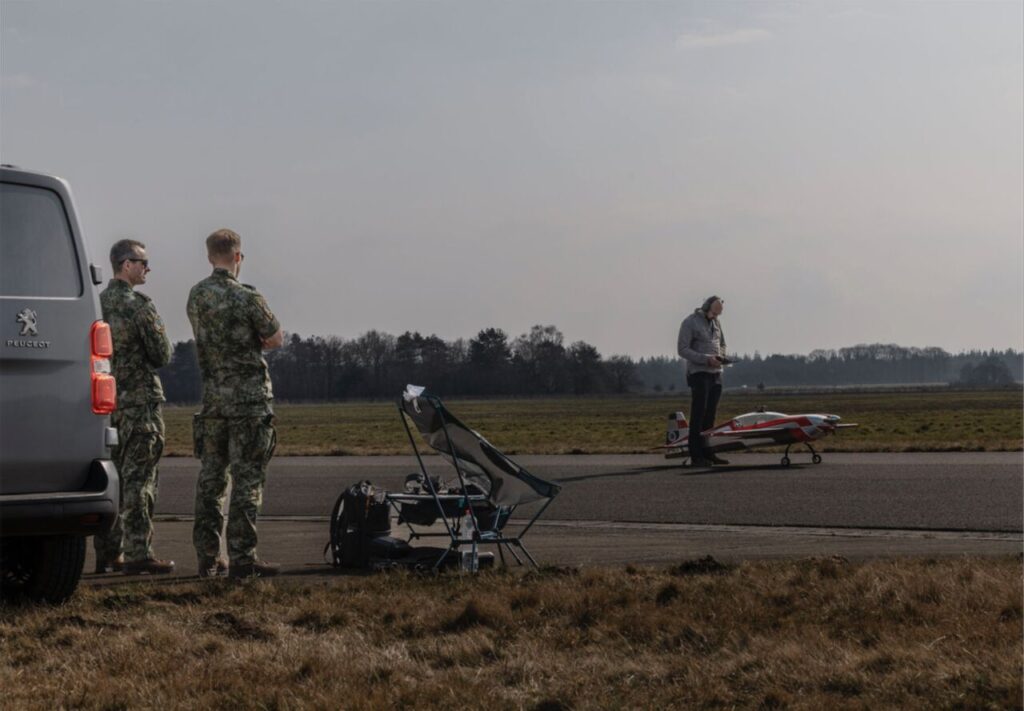
What if you had to build a completely new detection system in just three months? Together with the Royal Netherlands Air Force and TNO, we developed a system to detect low-flying drones and projectiles at record speed. A process that normally takes years was reduced to weeks. And with success! With project CLSK X, we prove that extremely fast innovation is possible through good collaboration with partners, a can-do mentality, and complete freedom to innovate. Read about it in the Dutch Defence Journal (Dutch only).
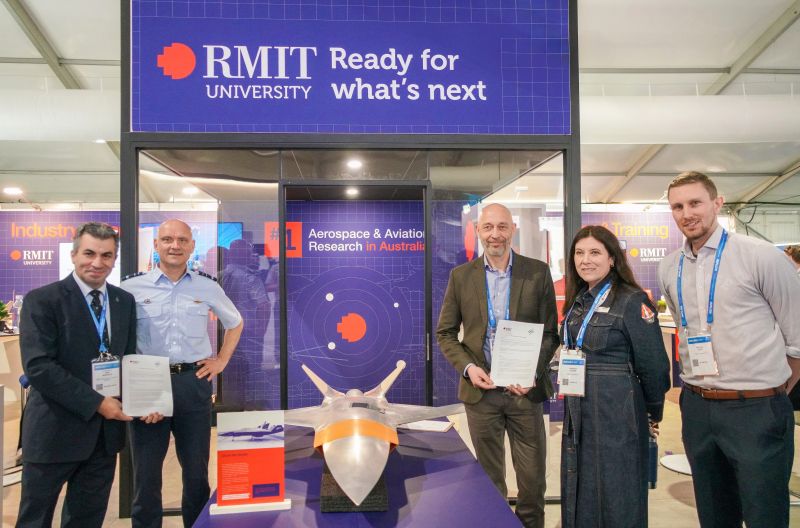
NLR and RMIT University from Australia have recently signed a Memorandum of Understanding (MoU). This MoU formalises the intention to collaborate on the development and research of innovative technologies for aircraft maintenance.
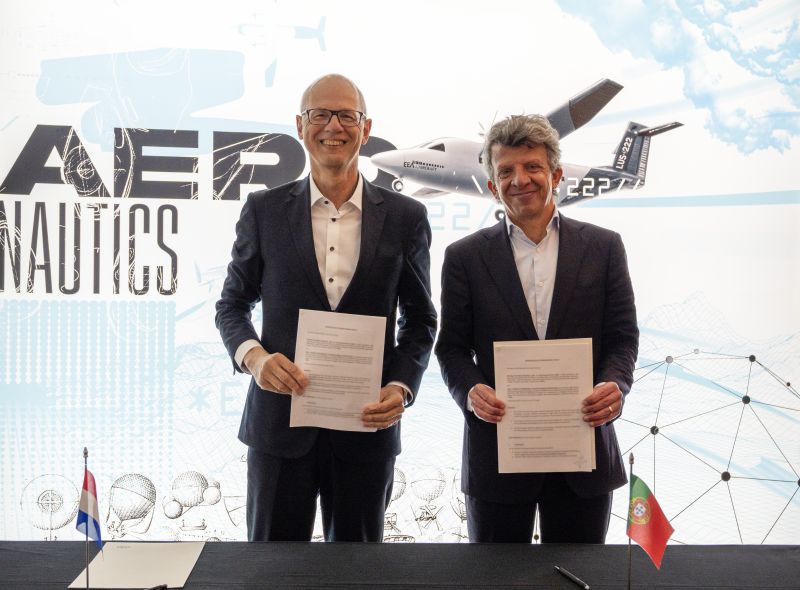
Royal NLR and CEiiA // Centre of Engineering and Product Development, signed a Memorandum of Understanding (MoU).
This partnership is a significant step forward for both our organisations and the impact we can make together when it comes to sustainable European autonomy, Research & Development and Competitiveness. Cooperation is essential in today’s complex environments and global challenges. The signing of the MoU will enable us to tackle these challenges more effectively and create new opportunities for growth and develop innovative solutions serving society.
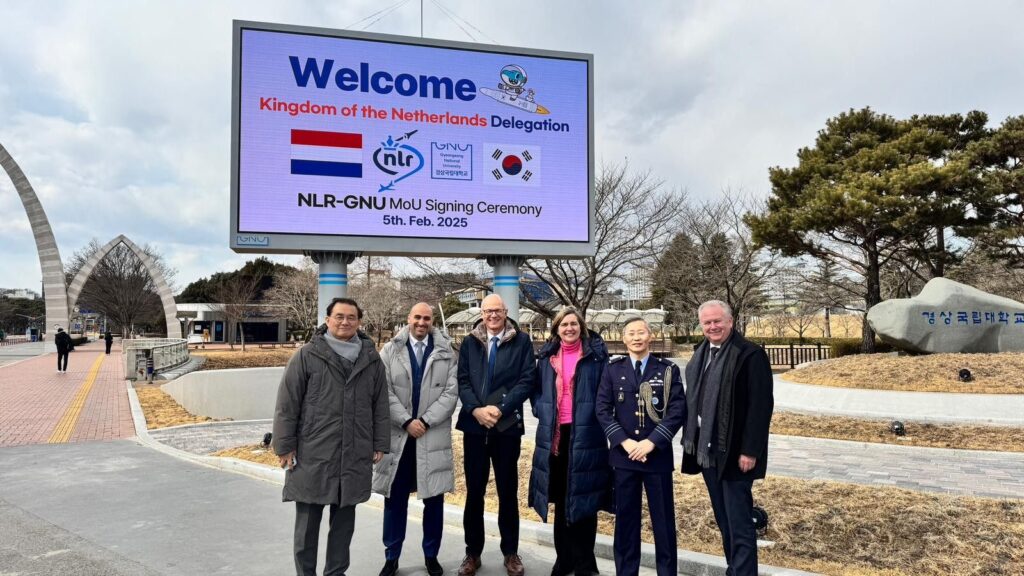
As a global player, Royal NLR operates worldwide, and our presence in South Korea is a key example of our commitment to international collaboration. For 20 years, we have been working together with Korean industry leaders such as Korea Aerospace Industries and LIG Nex1, to drive innovation and progress in the aerospace sector. This partnership was recently reaffirmed during a visit to South Korea by a delegation consisting of NLR CEO Michel Peters Director of Business Development Fouad Gaddur, and DNW – German-Dutch Wind Tunnels Director Joost Hakkaart. Beyond reaffirming these vital relationships, a significant highlight of the recent visit was the signing of a Memorandum of Understanding with Gyeongsang National University (GNU-GADIST). Next to this we had the privilege of engaging with the Korea AeroSpace Administration, gaining valuable insights into their vision and initiatives. We extend our sincere gratitude to Dong June International, our local agent and the Embassy of the Kingdom of the Netherlands in Korea for their invaluable support throughout the visit.
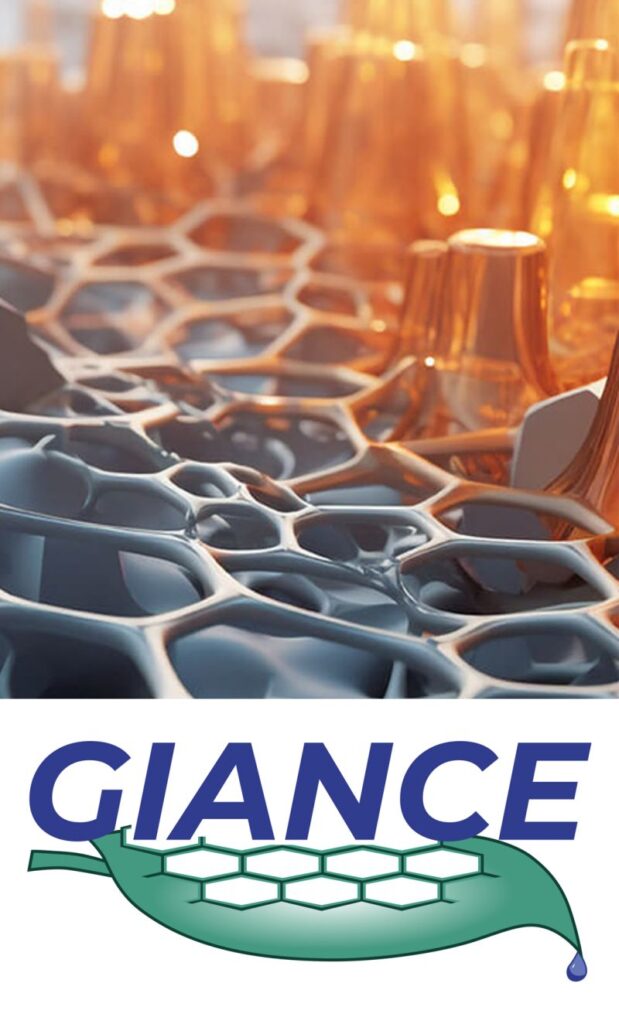
GIANCE project: Innovating for a Sustainable Future
NLR is part of the GIANCE project, working with 23 partners to create eco-friendly, affordable materials for aerospace. The focus? Advanced graphene-based materials that are lightweight, recyclable, and environmentally friendly.
What are we doing:
– Developing a leading edge for a UAV spacecraft from Dawn Aerospace, which needs to withstand extreme temperatures encountered during space missions
– Creating a trailing edge part for Boeing, which demands specific lightning strike protection when manufactured from composite materials.
Our goal? To develop and validate graphene modified high-temperature composite solutions for the leading edge and graphene modified coating that can protect the thermoplastic trailing edge part, replacing the traditional metal mesh.
This project means better, lighter, and more efficient aerospace materials, all while reducing environmental impact. GIANCE’s emphasis on recyclability, reducing weight, and enhancing performance fits perfectly with NLR’s mission to push the aerospace industry forward while minimizing its environmental footprint.
More information about GIANCE? Check out the GIANCE website.
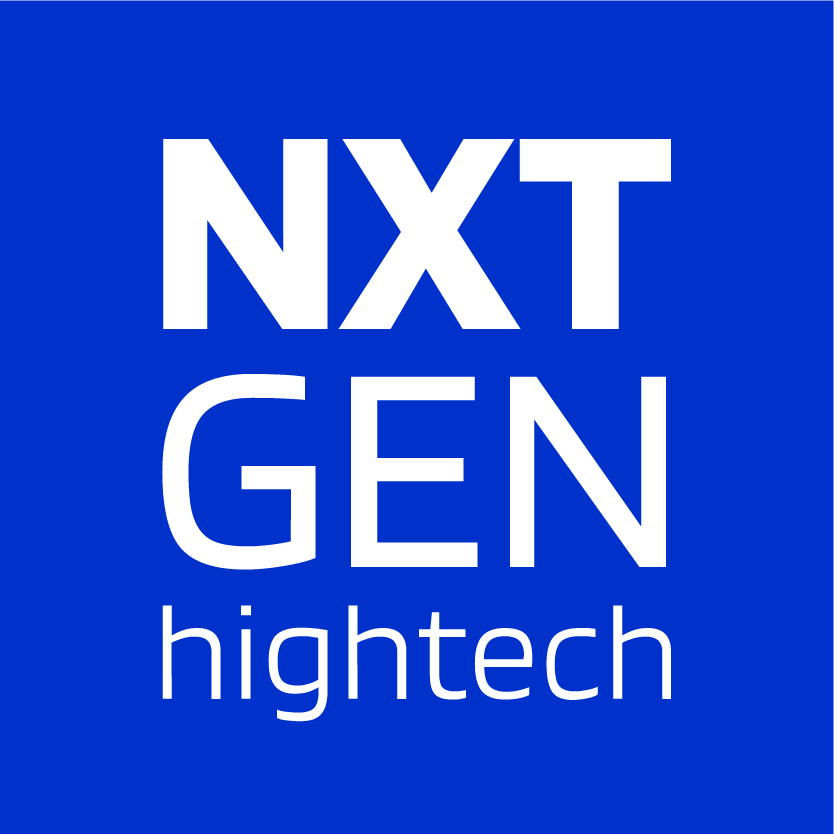
NLR has recently finished the first phase of the Dutch NXTGEN Hightech programmes related to innovative composite production technology (hardware and software) for high-quality applications in aviation and mobility. The overall goal is to contribute to the reduction of CO2 emissions, waste reduction, and efficiency in production processes through automation and digitisation, and help improve the affordability and flexibility of composite production and drastically shorten the time-to-market for new product series.
✈️ Digital composite automation for sustainable aviation
The projects aim to make the aviation industry more sustainable by developing a digital production platform for flexible production composite production, essential for lightweight aircraft components.
🚘 Digital micro-factory for lightweight e-mobility
This project focuses on developing a digital production platform for the flexible production and recycling of lightweight thermoplastic composites, aimed at e-mobility and automotive applications
Watch the videos to learn more about the research projects:
Visit the NLR booth #6C77 at the JEC World 4-6 March in Paris.
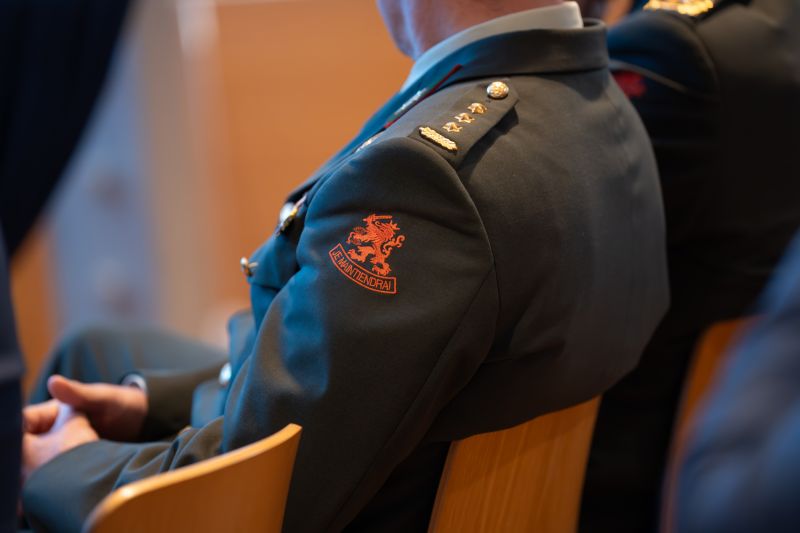
In mid-February, NLR organized a meeting with its partners titled “Preparing now for the industry of tomorrow”. During this afternoon, the themes of strategic autonomy, production scaling up, and ecosystem for short-cyclic innovation took center stage. Representatives from the Ministry of Defense provided insight into the Action Plan for Production Security of Unmanned Systems (APOS). The panel discussions with representatives from the Ministry of Economic Affairs, Ministry of Infrastructure and Water Management, Defense, NLR, TNO, and industry companies such as Avalor AI, VDL Groep Konings, Orange Aerospace, GKN Fokker, and PAL-V, focused on the challenges of accelerating innovation and enabling production scaling up. There is a strong ambition and great opportunities for a stronger ecosystem of government-industry-knowledge institutions. We look back on a successful meeting, thanks in part to and with great appreciation for all the speakers and participants!
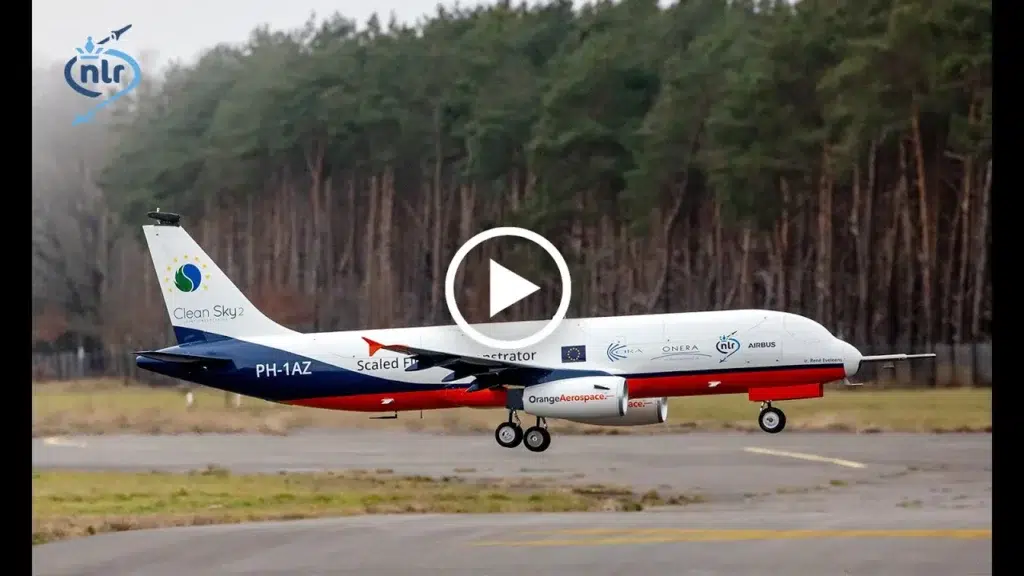
Please check out our latest video about Distributed Electric Propulsion technology, that was demonstrated and tested in a measurement campaign with numerous flights of a scaled aircraft in 2024 ???? ✈.
The flight dynamics and control of the aircraft allow steering and controlling the aircraft with differential thrust. It enables the aircraft to steer during flight with different thrust of the left and right engines relative to each other. This technology that offers several advantages such as reduced drag (e.g. less usage of the control surfaces), can contribute to innovations towards climate neutral aviation.
The project contributes to the objective of the Clean Sky 2 programme of the European Commission in which Airbus, ONERA – The French Aerospace Lab, CIRA – Italian Aerospace Research Centre, TU Delft | Aerospace Engineering, Orange Aerospace.- and NLR collaborate.
Watch the video here